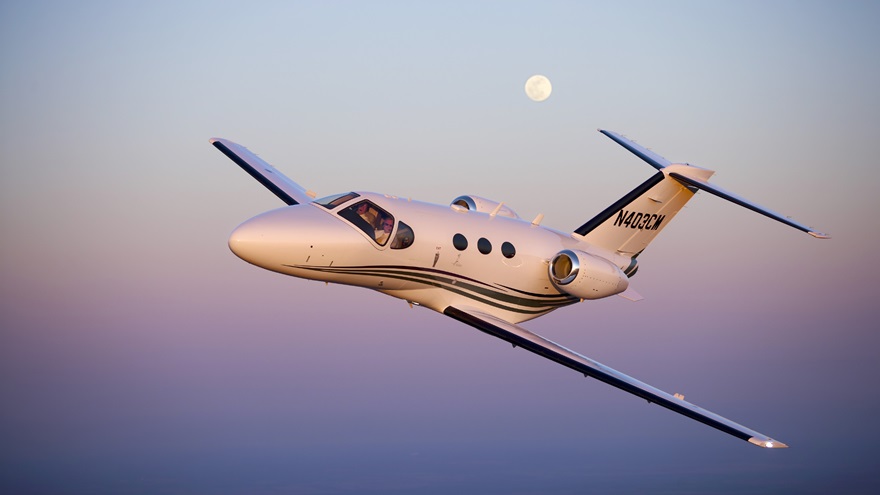Exploring Future Trends in Aviation with Cessna Mustang
The aviation industry stands on the brink of transformative changes, driven by technological advances and evolving passenger expectations. Among the vanguard of this evolution is the Cessna Mustang, a trailblazer in the realm of light jets. As an exemplar of innovation and efficiency, the Mustang not only embodies the progress the industry has made but also provides a lens through which we can anticipate future trends in aviation.
Cessna Mustang: Pioneering Aviation’s Next Era

The Cessna Mustang has earned its place as a pioneer in the aviation world, particularly within the light jet segment. Its introduction marked a significant shift towards more accessible private jet travel, offering a combination of performance, efficiency, and comfort that was previously unattainable in its class. The Mustang’s design focuses on streamlined aerodynamics and advanced engineering, ensuring optimal fuel efficiency and reduced operating costs, which are crucial for both operators and passengers in an ever-competitive market.
The Mustang’s flight capabilities are another testament to its pioneering status. With the ability to reach cruising speeds of up to 340 knots and a range of approximately 1,200 nautical miles, it offers business and leisure travelers a swift and efficient means to reach their destinations. Furthermore, its user-friendly cockpit equipped with the Garmin G1000 avionics suite makes it a favorite among pilots, reducing workload while enhancing safety and situational awareness.
Moreover, the Mustang has set a precedent for sustainability in aviation. As environmental concerns loom large over the industry, the aircraft’s design emphasizes reduced emissions and noise pollution. This commitment to sustainability is a crucial aspect of pioneering aviation’s next era, as manufacturers and operators alike strive to meet stricter environmental standards and cater to the growing demand for eco-friendly travel options.
Future Trends in Aviation: Insights from Cessna

Cessna’s approach to innovation with the Mustang provides valuable insights into the future of aviation, particularly in terms of technological integration. The integration of advanced avionics systems, like those found in the Mustang, is expected to become standard across the industry. These systems not only enhance safety and efficiency but also open doors to further developments in autonomous and semi-autonomous flight technologies, which are likely to redefine the piloting experience.
Additionally, the Cessna Mustang highlights a trend towards more personalized and flexible air travel experiences. The surge in demand for private and charter services reflects a broader shift in consumer preferences, where the convenience and time savings associated with private aviation become increasingly valued. To stay competitive, manufacturers will need to focus on creating aircraft that cater to these evolving demands, offering customizable interiors and enhanced connectivity options for passengers.
Sustainability will undoubtedly remain a central theme in the future of aviation, as demonstrated by the Mustang’s eco-conscious design. The industry is set to witness a significant push towards alternative fuel sources and innovative propulsion systems, aiming to minimize the carbon footprint. Companies like Cessna are likely to spearhead this transition, focusing on greener technologies that align with global environmental goals and ensure the continued viability of air travel in an eco-conscious world.
The Cessna Mustang stands as a beacon of innovation in aviation, reflecting both the remarkable progress achieved and the promising future that lies ahead. As the industry evolves, driven by technological advancements and shifting consumer expectations, the Mustang offers a glimpse into a world where efficiency, personalization, and sustainability are paramount. Its legacy will likely continue to influence and inspire the next generation of aviation pioneers, guiding them toward a future where air travel is not only more efficient and accessible but also more environmentally responsible.



